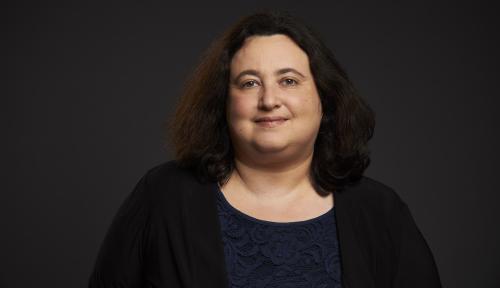PCAOB's Audit Committee Dialogue points up need to change audit plans as risks change and to update and add audit controls at growing companies
CFA Institute's director of financial reporting policy, Matt Waldron, says the Public Company Accounting Oversight Board’s (PCAOB) recently released Audit Committee Dialogue -- the first in a series of insights from inspections of public company auditors -- is a ‘very good first step’ to improving the overall quality of audits and strengthening the confidence of investors in the audit process.
‘Providing some questions and guidance on things that [board] audit committees and others ought to be looking to ask of their auditors and also might find useful in interactions with management, we think is a very good idea,’ Waldron says.
Just as important, he adds, the fact that this will be an ongoing effort, ‘demonstrates that the PCAOB is seeking ways to improve communication with audit committees.’
PCAOB’s Audit Committee Dialogue highlights key areas of concern from inspections of large audit firms and also forecasts emerging risks to the audit function. The report provides analysis of problems involving auditing internal controls over financial reporting, assessing and responding to risks of material misstatement, detecting deficiencies in auditing estimates and fair value measurements and finding deficiencies in cross-border audits. PCAOB also provides suggested questions it believes will help eliminate some of the issues that continued to arise during its inspections of auditors.
For example, when assessing risks of material misstatement, PCAOB strongly suggests asking the auditor how the areas of significant risk of material misstatement have changed since the prior year. The point is, if the risks change, the audit plans should change – so assessing potential risks has to be an ongoing process for public companies. Audit controls may need to be updated or new controls added in order to conduct a proper audit for a growing company.
The report also highlights new and emerging risks to the audit process that PCAOB is monitoring such as the increase in merger and acquisition activity, the impact of falling oil prices, challenges associated with undistributed foreign earnings and maintaining audit quality when growing other business lines. Each of these areas requires the auditor to calculate how financial statements or management’s estimates might need to be adjusted each quarter in order to avoid financial misstatements. PCAOB may focus on these new risk areas during future inspections.
‘We hope these insights may be useful to audit committees in their 2015 oversight activities,’ said PCAOB Chairman James R Doty in a statement. ‘We look forward to continuing this conversation, as audit committees are key stakeholders in strengthening audit quality.’
Waldron says investors will be particularly comforted that PCAOB is offering this guidance because they rely on audits to protect their investments. ‘These are the probing questions investors expect audit committees to be asking,’ he says. ‘I don’t see [these questions] as an exhaustive list, but it is a very good first step.’








